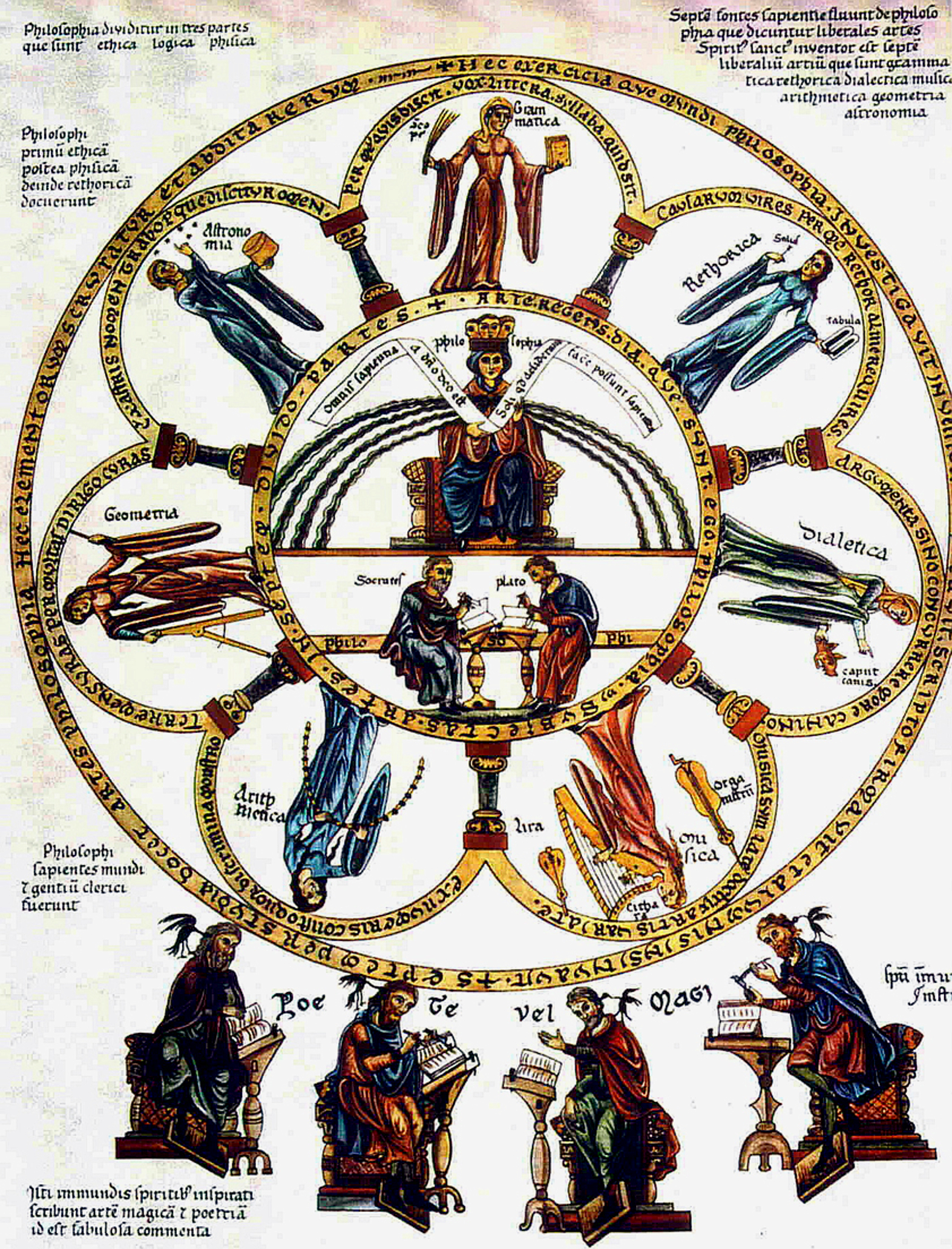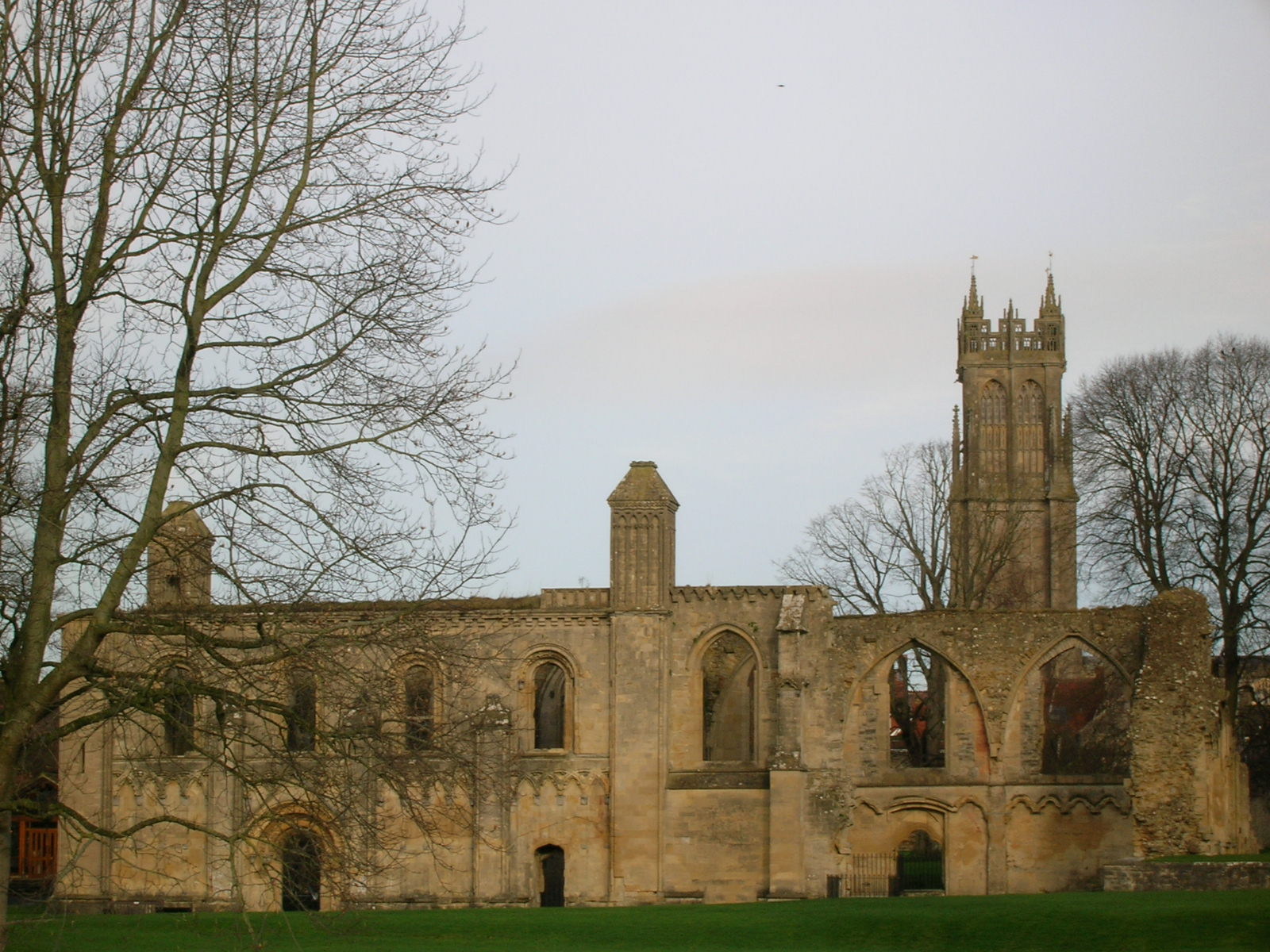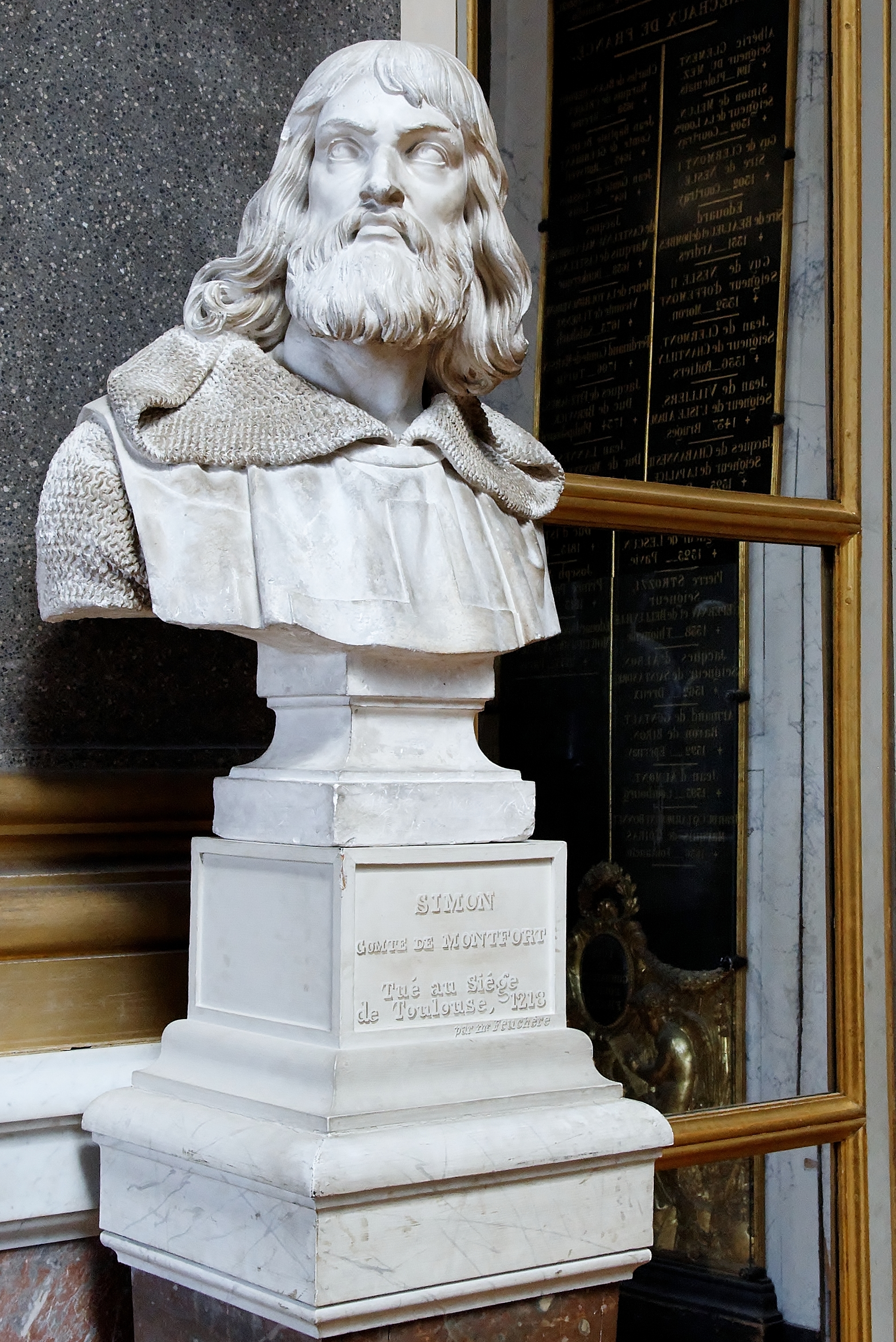I remember, two years ago, exploring Segovia with my spouse. We had spent the afternoon wandering through the Castilian alcazar, walking along medieval city walls, and ogling at Romanesque churches. That evening, standing under the Roman aqueducts, I watched the locals dar paseos through the town where they lived their lives. I asked my husband, do you think these people appreciate the history around them? I mean, I can reach out and touch stones placed on top of each other by people who lived two thousand years ago. Do the locals see it? Do they know what they have?
In the meantime, I see the objects that go on exhibit at the museums along the Wasatch Front. Certainly I can (and do) read a lot of books and articles and look at a lot of pictures, but there is something different about being physically present with the actual object.
As an example, last month I saw an exhibition of medieval English alabasters at Brigham Young University's Museum of Art. Now, I have read enough about medieval religious images to know that during the middle ages depictions of religious events and figures followed a basic iconography, making the stories and people in the art easily recognizable to the viewer. It was standing in a room full of religious art, however, where I really understood how alike these medieval depictions actually were. I walked back and forth between two carvings of the beheading of John the Baptist, then between three carvings of Christ rising from the tomb, and then between depictions of the Trinity, checking out the similarities. When I realized that I could distinguish God the Father from God the Son in all the carvings of the Trinity I was so excited that I turned to the group of people standing next to me and pointed it out, which was probably quite rude as I didn't know them and as they likely didn't care that God the Father was always holding a world orb, but I was so thrilled to have learned this that I had to share it with somebody, and they just happened to be next to me when my learning bubbled over.
Anyway, other people probably daydream about climbing Mt. Kilimanjaro, hiking through the Amazon, or lying on beaches in Hawaii. Me, I wish I could examine the Staffordshire hoard, stand inside the Sistine Chapel, or read the signatures on the engrossed US Declaration of Independence. History-envy.
As an example, last month I saw an exhibition of medieval English alabasters at Brigham Young University's Museum of Art. Now, I have read enough about medieval religious images to know that during the middle ages depictions of religious events and figures followed a basic iconography, making the stories and people in the art easily recognizable to the viewer. It was standing in a room full of religious art, however, where I really understood how alike these medieval depictions actually were. I walked back and forth between two carvings of the beheading of John the Baptist, then between three carvings of Christ rising from the tomb, and then between depictions of the Trinity, checking out the similarities. When I realized that I could distinguish God the Father from God the Son in all the carvings of the Trinity I was so excited that I turned to the group of people standing next to me and pointed it out, which was probably quite rude as I didn't know them and as they likely didn't care that God the Father was always holding a world orb, but I was so thrilled to have learned this that I had to share it with somebody, and they just happened to be next to me when my learning bubbled over.
Anyway, other people probably daydream about climbing Mt. Kilimanjaro, hiking through the Amazon, or lying on beaches in Hawaii. Me, I wish I could examine the Staffordshire hoard, stand inside the Sistine Chapel, or read the signatures on the engrossed US Declaration of Independence. History-envy.




